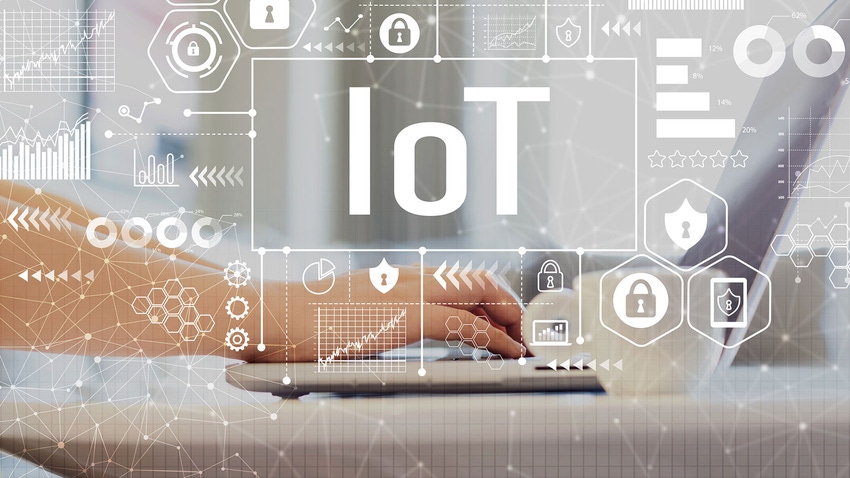How Delta Updates Can Help Companies Deploying IoT
Selecting an embedded operating system supporting delta updates can result in big bandwidth savings.
April 12, 2019

By Eric Jensen
There’s likely now more Internet of Things (IoT) devices than people on the planet, which is roughly 7 billion. But Gartner has predicted there will be nearly three times that amount, 20.4 billion, deployed by 2020.
This proliferation means unprecedented challenges in sending data to devices and back to the cloud for analysis. The sheer volume of data can cause costs to escalate quickly and create a high-latency environment unworkable for devices, especially those that require rapid data processing.
Enter edge computing, which brings cloud resources closer to devices. Edge computing enables local data collection and processing, without traversing the internet to reach a central cloud or data center.
As organizations adopt edge computing, they need to consider an optimal mechanism for transferring data in the most resourceful and cost-effective way possible, tailored to their specific requirements.
[Internet of Things World is the intersection of industries and IoT innovation. Book your conference pass and save $350, get a free expo pass, or see the engineering and development speakers at the event.]
For their IoT deployments to be successful, companies need an efficient system for delivering new applications, features, updates and security enhancements to potentially huge numbers of geographically dispersed embedded devices.
Many existing in-house update systems push a copy of the device’s entire disk image, often referred to as a ‘firmware blob,’ each time an update is needed. This practice can result in huge costs, both in terms of time and bandwidth, especially for devices using cellular connectivity.
Thankfully, the technology exists to reduce the amount of this data transferred. Snaps, the universal Linux application packaging format, use delta updates, a feature that transmits only the differences between the new snap and the previous one. In many scenarios, such as a minor update to a single small library, the bandwidth savings can be enormous compared to the firmware blob method. The method has gained the support of Google, which it calls “smart updates,” with its Android operating system after version 2.3, resulting in update files roughly one-third of the size as the full version. Apple’s iOS also supports the technique.
One business taking advantage of this capability in an Internet of Things context is Rigado, a global provider of commercial IoT edge-as-a-service solutions. They offer a containerized application platform and a variety of wireless connectivity options, all in a monthly subscription. Using snap deltas, the monthly bandwidth consumption for Rigado devices can be reduced by 65%.
Another is Dell Edge Gateways, which enables analytics at the edge of IoT networks. In this case snap delta reduces bandwidth consumption by 60.5%.
These examples show how the use of snap deltas can deliver significant savings in bandwidth when deployed at scale. As the world heads toward the tens of billions of IoT devices predicted by Gartner and others, the savings will grow at the same rate, or potentially higher as IoT developers continue to embrace continuous delivery best practices already popular in cloud applications.
Selecting an embedded operating system compatible with snaps is a smart choice for device manufacturers and their customers.
Eric Jensen, is head of IoT product management at Canonical, the company behind Ubuntu.
You May Also Like

.png?width=700&auto=webp&quality=80&disable=upscale)
.png?width=700&auto=webp&quality=80&disable=upscale)
.png?width=300&auto=webp&quality=80&disable=upscale)
.png?width=300&auto=webp&quality=80&disable=upscale)
.png?width=300&auto=webp&quality=80&disable=upscale)
